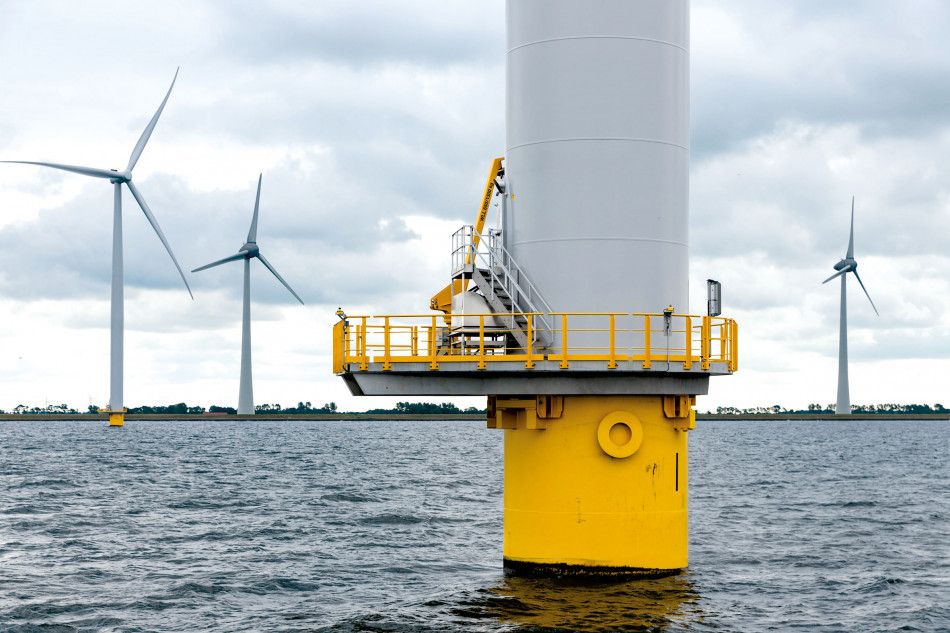Management of Energy Production Facilities
Owners of wind farms, photovoltaic installations, small hydroelectric power plants, etc. are responsible for managing multiple installations scattered across the territory.
OBJECTIVES:
In recent years, the energy sector has experienced unprecedented growth in renewable energy, driven by a global awareness of the urgency to combat climate change.
Effectively managing a portfolio of energy production facilities involves several aspects: maximizing energy production, optimizing operational and maintenance costs, ensuring the longevity and safety of the installations, and ensuring compliance with current environmental standards.
is the gross production of electricity from photovoltaic solar energy in France in 2021.
is the target for renewable energy in the gross final energy consumption by 2030.
With over
installations
France is one of the leading producers of hydropower in the European Union.
WIZART SOLUTIONS:
What WizArt offers to managers of these facilities:
- Centralized and up-to-date knowledge of these installations.
- Monitoring the condition of installations throughout their lifecycle.
- Efficient analysis of investment plans and technical performance management.
- Dashboard with relevant indicators for energy production performance monitoring.
- Planning the management and operation of assets.
- Ensuring efficient resource management and achieving economies of scale through multisite management.
The platform provides managers with:
- Maintenance and evolution of tools to ensure their longevity and relevance.
- Access to information anytime, anywhere.
- Secure data storage in France.

Discover the functionalities of WIZART for the management of your production facilities
BENEFITS:
Implementing WizArt for production facility management offers numerous benefits, such as:
- Comprehensive overview of the energy park, as well as a detailed view of each installation to better track the performance of each asset.
- Synthesizing information into energy dashboards, providing structured reporting.
- Improved profitability of the installations.
- Enhanced planning of maintenance and investments.
- Improved performance of the installations by taking timely corrective measures.
- Alert management.
- Optimization of energy efficiency.
